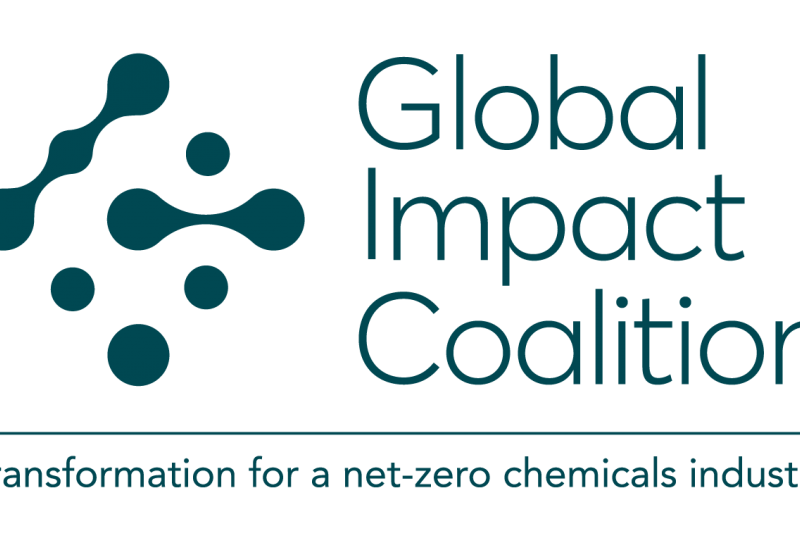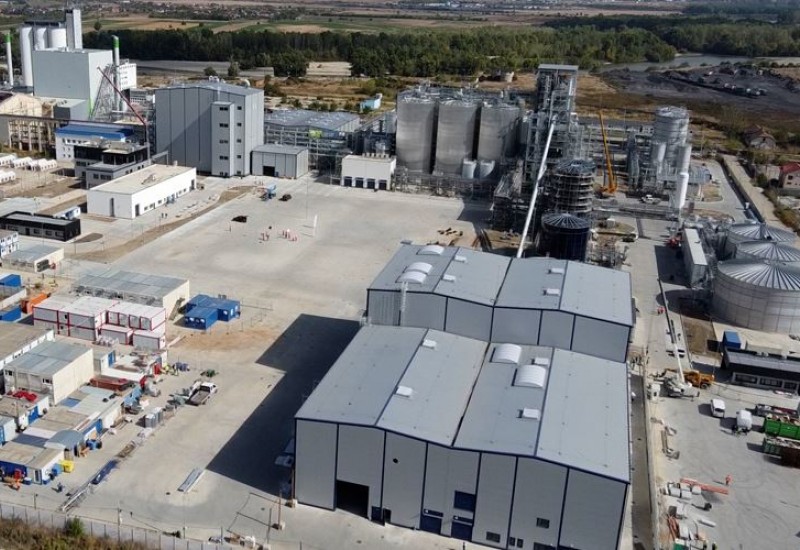Non-compliance on the rise, says CEFIC
CEFIC has reported that there were 1,468 instances of chemicals in consumer products that were not in compliance with regulations in 2019, 24% up on 2018. Of these, 92% came from outside the EU and EEA. Toys, at 25% were the single largest category in end use terms for non-compliant chemicals, notably phthalate plasticisers. T
hese figures came from Rapex, the EU’s safety gate rapid alert system, via which EU and EEA member states and the European Commission exchange information about non-food products posing a risk to health and safety of consumers. The analysis excludes vehicles and button batteries.
CEFIC noted that the increase related mainly to stronger enforcement of the Restriction of Hazardous Substances (RoHS) Directive. Levels of non-compliance with REACH have remained basically stable. Nonetheless, the association said that the finding “confirms an urgent need for EU member states to step up enforcement of REACH in imported goods”. This was identified as a key area of improvement in the EC’s second REACH Review in 2018.
“We have the strictest chemical legislation in the world. But it will only fully work to the benefit of people and environment if properly enforced,” added Sylvie Lemoine, executive director of product stewardship: “We call for compliance tools and methodologies to accompany every restriction measure.”















